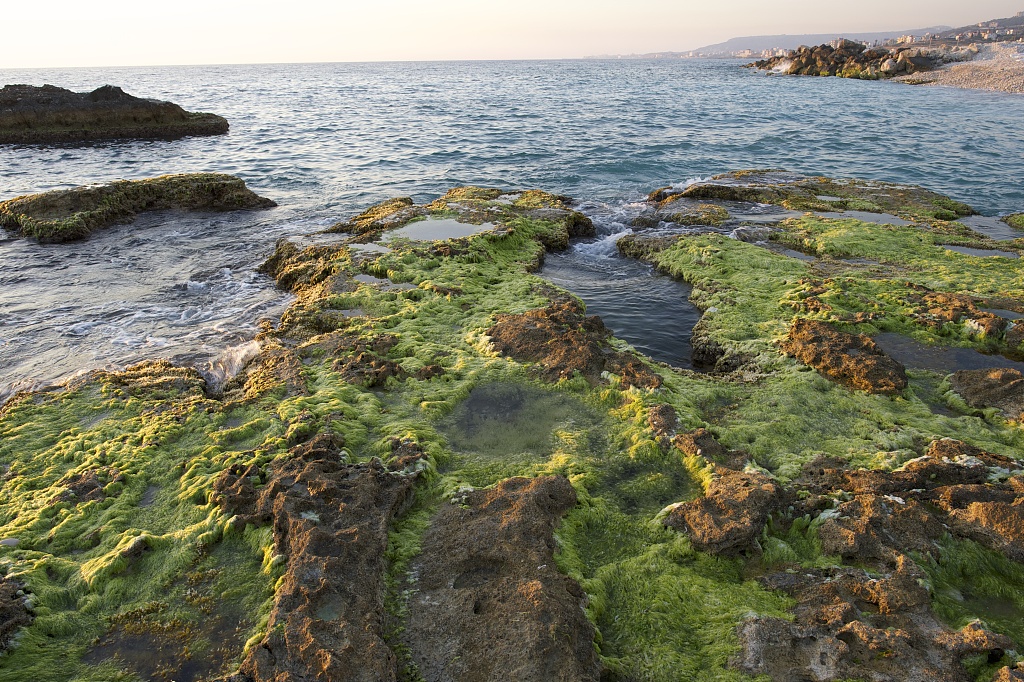The Lebanese Republic
Location: Middle East, bordering the Mediterranean Sea, between Israel and Syria
Area: 10.452 square kilometers
Population: 6.1 million
Capital: Beirut
Climate: Mediterranean with mild to cool, wet winters and hot, dry summers. The Lebanon Mountains experience heavy winter snows
Politics:
Government type: Parliamentary republic
Head of state: Michel Aoun

(Photos: VCG)
Economy:
Lebanon has a free-market economy and a strong laissez-faire commercial tradition. The government does not restrict foreign investment. However, the investment climate suffers from red tape, corruption, arbitrary licensing decisions, complex customs procedures, high taxes, tariffs, fees, archaic legislation, and inadequate intellectual property rights protection.
Economic data and figures of 2018 are as follows:
GDP: $51.8 billion
GDP per capita: $8,492
GDP real growth rate: 1.5 percent
Imports: $18 billion
Exports: $4 billion
Inflation rate (consumer prices): 3.1 percent

Bilateral relations with China:
Leading business groups from Lebanon and China signed in 2017 two Memorandums of Understanding (MoUs) to boost the Belt and Road Initiative.
Signed by the Arab Chambers of Commerce and the China Council to Promote International Trade (CCPIT), the MoUs regulate to establish a "Business Council of the Silk Road."
In 2017, the bilateral trade volume reached nearly $1.9 billion, making China Lebanon's second largest trade partner.
Figures released by Lebanese customs showed that during the 2013-2016 period, China remained Lebanon's largest trade partner and the largest source of imports.
Lebanon's top imports from China include electrical machinery and equipment, plastics, furniture and vehicles, while Lebanon's exports to China mainly include copper, plastics, beverages and cocoa.


